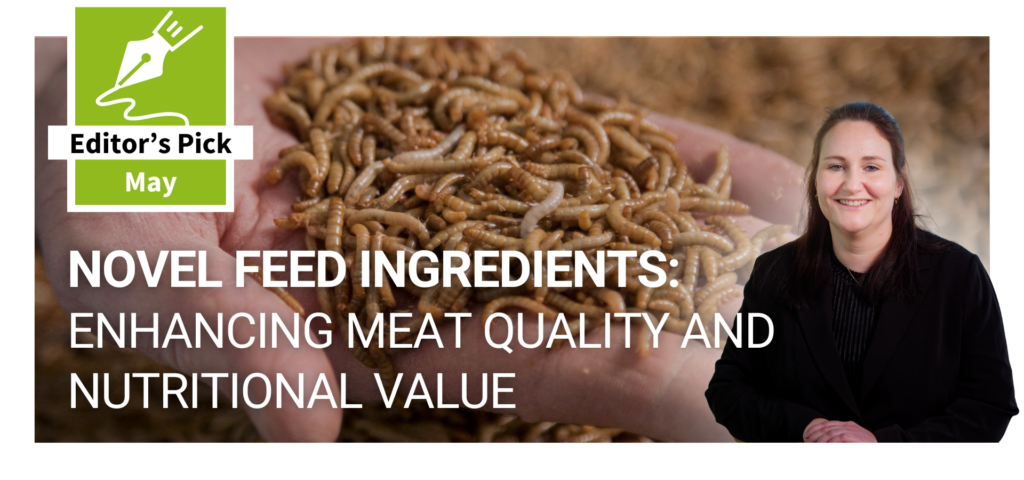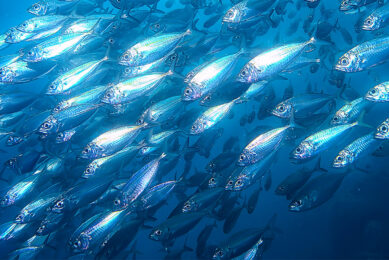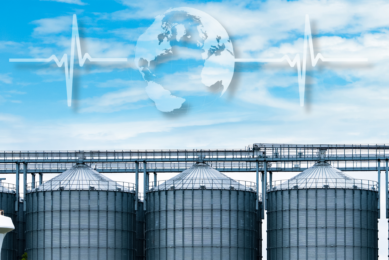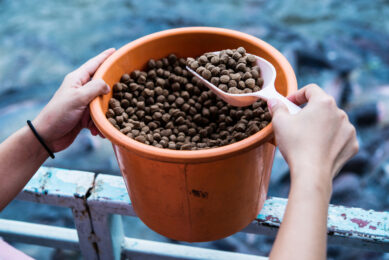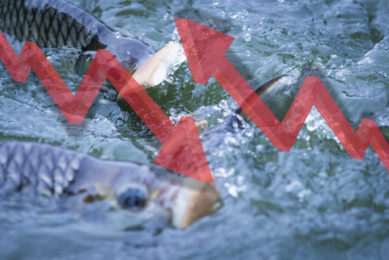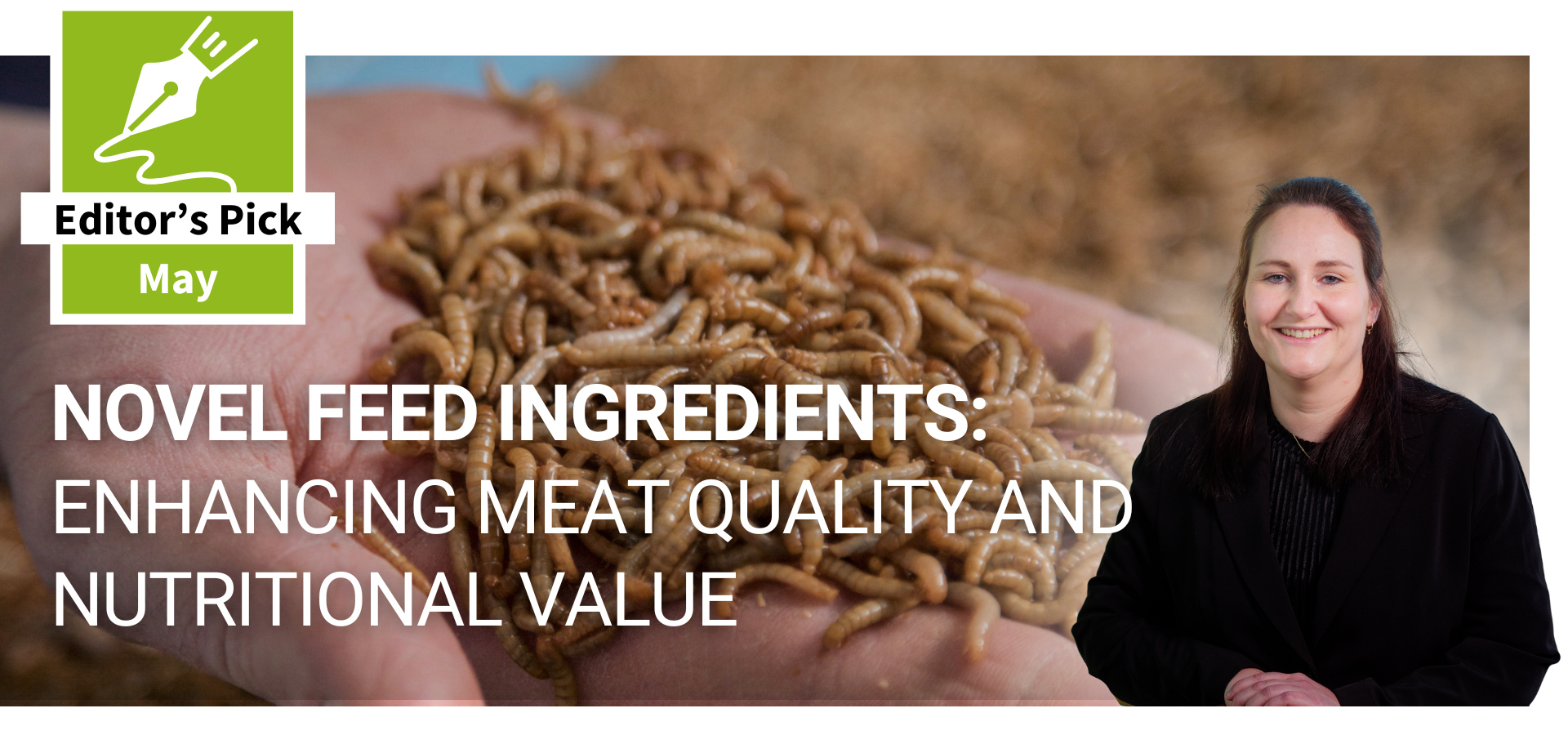Feed enzymes: Time for aquaculture to benefit
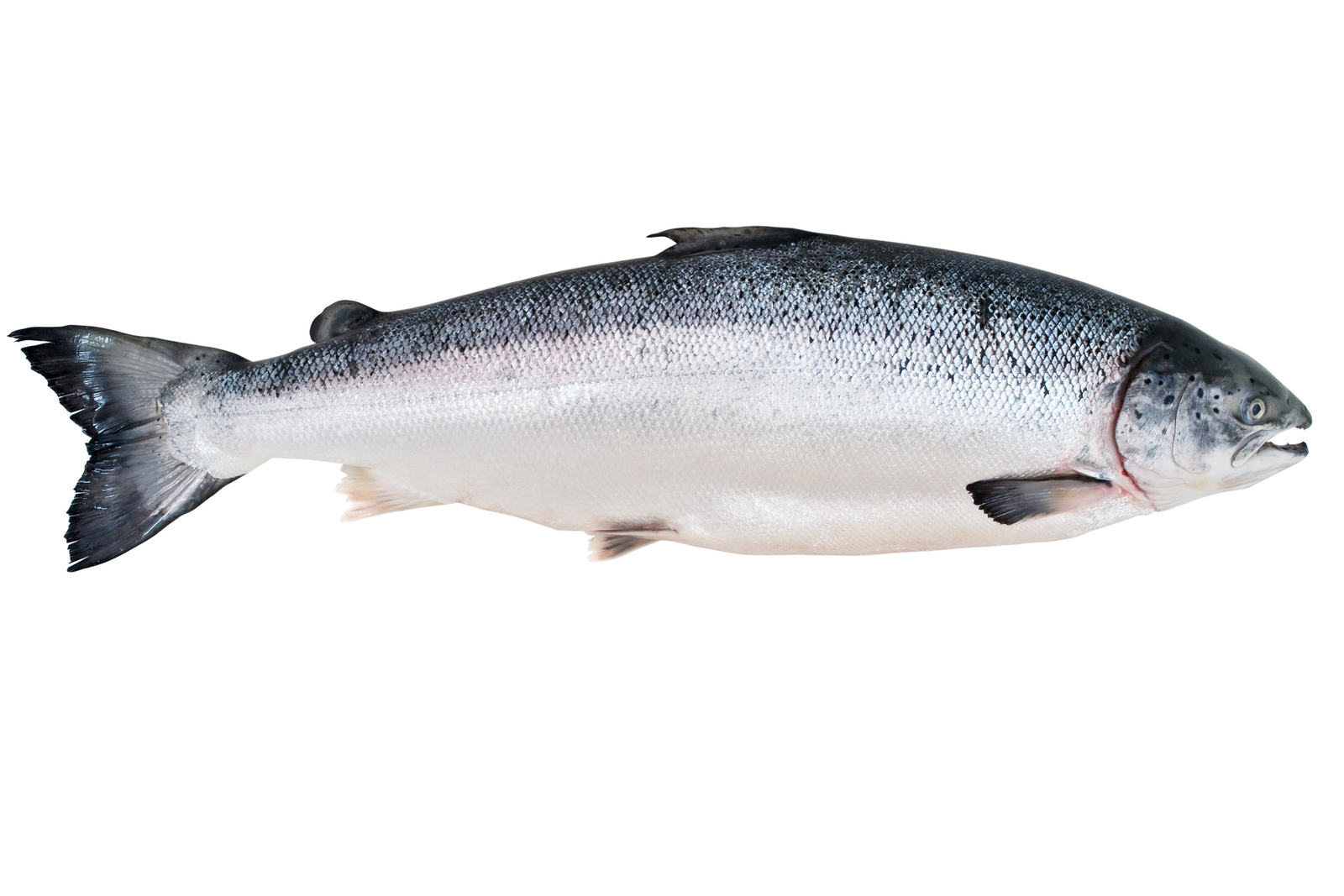
While enzyme use in terrestrial animal feeds has now become a global standard, utilisation of enzymes in aquaculture feeds has lagged considerably. Now that fish diets contain a large proportion of plant based feed ingredients, the need to apply enzymes has become even bigger.
The growth of the aquaculture industry as a whole raises several issues that need to be addressed to ensure its long-term sustainability. From a nutritional standpoint, developing the use of inexpensive raw materials for feeds, increasing performance and finding ways to remove or inactivate any anti-nutritional factors present are top priorities. Further enhancement of the effective use of nutrients, together with the lowering of phosphorus and nitrogen excretion into the environment are crucial nutritional improvements. This is where biological catalysts (enzymes) can play a significant role. While enzyme use in terrestrial animal feeds has now become a global standard, utilisation of enzymes in aquaculture feeds has lagged considerably (Figure 1). That said, this is a promising arena for aquaculture and three general focus areas are typically applied when reviewing enzyme application: phytase, carbohydrase and protease enzymes.
Phosphorus optimisation
The phosphorus requirements for aquaculture species are well defined and it is straightforward to add sufficient inorganic phosphorus to the diet to meet them effectively. However, this approach is coming under close scrutiny due to increasing prices for mineral phosphate, finite phosphate natural resource reserves and environmental concerns relating to inefficient phosphorus use. Smart solutions for aquaculture are needed to minimise phosphorus costs and reduce environmental impact related to phosphorus supply. Phosphorus is an important micro-nutrient which supports normal fish growth, feed efficiency, bone mineralisation and metabolism. More specifically, fish and crustaceans have a nutritional requirement for phosphorus of between 0.4% to 0.9% available phosphorus. For cost and sustainability reasons, aquaculture feeds are increasingly being modified to include more plant based materials. Of particular interest, plant based aquaculture feed materials already contain naturally occurring phosphorus, however much of this phosphorus is not readily digestible by fish due to phytate binding. Since today’s aquaculture feeds now contain a large proportion of plant based feed ingredients, aquaculture feeds now also contain a significant source of phosphorus bound as phytate. In fact, phytate bound phosphorus accounts for between 40% and 80% of the total phosphorus in plant derived feed ingredients (Figure 2). Fish, like other animals cannot degrade phytate, however this phosphorus resource can be tapped by applying phytase enzyme to aquaculture feeds. In most aquaculture species, phytase enzymes* dramatically raise the availability of phosphorus from plant ingredients by catalyzing release of phosphorus from phytate. This enzymatic release increases the availability of phosphorus and other key nutrients for digestion by the fish, thereby markedly reducing the need to add expense with inorganic phosphorus and lowering their disposal through excretion into the culture water.
Carbohydrate optimisation
Carbohydrates found in plant meals are a key source of energy in animal diets and logically, release of energy captive in plant based dietary carbohydrates is critical to optimise energy efficiency in feed and maximise feed cost reduction. In plants, the carbohydrate and protein is located in the endosperm of the seed and is present as starch granules which are surrounded by a protein matrix which is itself encapsulated by the cell wall. To access and utilise the starch and protein, the animal must break down the cell wall. However, the composition of the cell wall varies in different plant types and variation exists within each plant based feed ingredient, meaning that different kinds of carbohydrase enzymes are required to catalyse the process of nutrient release. Carbohydrates in plant meals fall into two basic categories, non-structural carbohydrates and structural carbohydrates. Non-Structural carbohydrates are a major source of energy from plant meals, consisting of starch and simple sugars. In contrast, structural carbohydrates are dietary fibres primarily located in the cell walls of plant meal. These structural carbohydrates cannot be degraded by aquatic animals and are typically referred to as non-starch polysaccharides (NSP). Importantly, fish have a limited number of carbohydrases (Table) and therefore cannot naturally utilise these trapped nutrients from a wide range of plant based carbohydrates. For this reason, carbohydrase enzymes are of particular interest due to the fact they enable: hydrolysation of soluble NSPs, degradation of indigestible components, release of both bound and entrapped nutrients and protein, as well as nullifying the anti-nutritional effect of NSPs. Through application of carbohydrase enzymes**, improvements are enabled in performance, feed efficiency, feed cost reduction, nutrient utilisation and greater flexibility in feed composition.
Protein optimisation
Protein is one of the most expensive raw materials in an aquaculture diet and is essential for growth. As demand grows for protein sources both as food for consumers and feed ingredients for animals, prices for feed sources of protein are expected to continue to represent a key cost in quality aquaculture feeds. Additionally, as aquaculture now relies less heavily on aquaculture’s traditional source of protein, fish meal, alternative sources of protein are being utilised. The aquaculture industry needs smart solutions to utilise protein sources more effectively to reduce costs and extend protein resources further. Different strategies have been developed for terrestrial animals to utilise dietary protein more efficiently, including: phase feeding, ideal protein ratios, low protein diets, synthetic amino acids, new/alternative protein sources, and application of protease enzymes. Aquaculture has an opportunity to employ learnings from terrestrial animal dietary protein optimisation, namely the use of protease enzymes. Proteases comprise a class of enzymes that hydrolyse protein into smaller proteins, peptides and amino acids. Proteases work by breaking the peptide bonds that connect amino acids, the building blocks for proteins. Without proteases, these bonds cannot be easily broken and proteins, therefore, could not be readily digested by fish and crustaceans. With this in mind, opportunities certainly exist to improve protein digestibility of typical aquafeed ingredients through use of protease enzymes***.
New era of aquaculture enzymes
Science has advanced rapidly over the last decade relating to successful development and application of phytase, carbohydrase and protease enzymes in aquaculture feeds. While challenges still exist, the opportunity is present today for the aquaculture industry to leverage the accumulated and growing enzyme expertise to unlock nutritional value, reduce environmental impact as well as achieve a positive return on investment through enzyme use. Thought leaders in the field, for example the alliance between DSM and Novozymes, expect that a new era of aquaculture enzyme utilisation is fast approaching. Additionally, regional technical experts are aware of these advances and ready to apply these learnings to local aquaculture conditions, including local research and development.
* Ronozyme® NP and Ronozyme® HiPhos,
** Ronozyme® WX, *** Ronozyme® ProAct.



